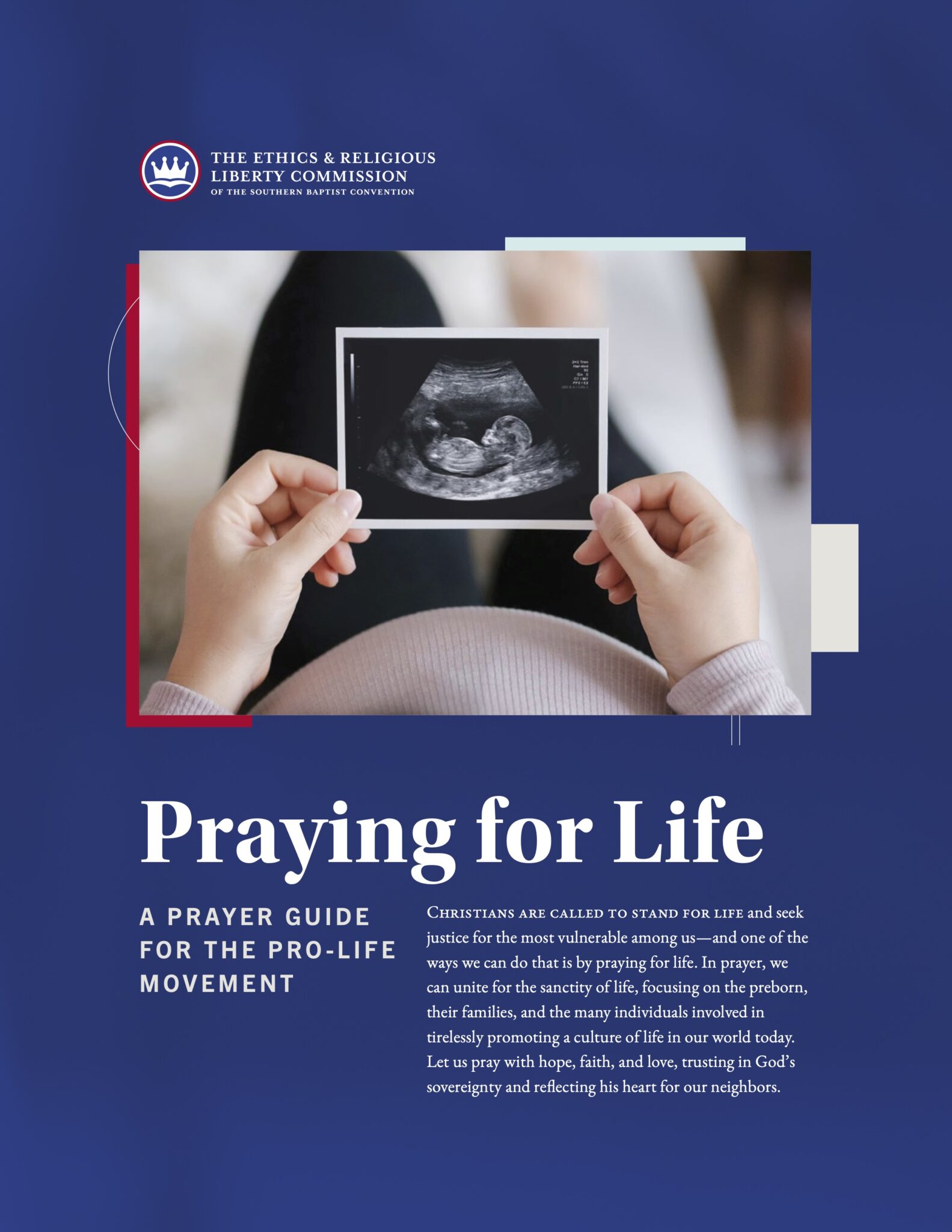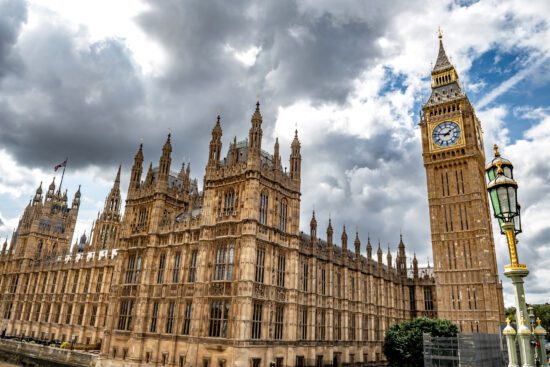The cover story of the June 29, 2015 weekly edition of The Economist reads “The right to die: Why assisted suicide should be legal”. In the article, the popular and influential British newsmagazine gives a number of arguments why physician assisted suicide should be decriminalized. One such reason the author cites is that “evidence from places that have allowed assisted dying suggests that there is no slippery slope towards widespread euthanasia.” Simply, this is not true.
Physician-assisted suicide is the act of a physician providing a death-causing means, such as prescribing a lethal dose of barbiturates to a patient designed to end their life. The patient then fills the medication at a pharmacy and self-administers it at their leisure. In most contexts, no healthcare professional need be present. This is currently legal in Colombia, the Netherlands, Luxembourg, and Switzerland, as well as the US states of Oregon, Montana, Washington, and Vermont. This is differentiated by voluntary euthanasia, which is the practice of a physician ending a life, typically by administering a lethal injection to the patient. It is important to note that neither term applies to a patient’s refusal of life-sustaining technology, such as a respirator or artificial nutrition. Neither do the terms apply to a patient’s request that these be withdrawn, for these have had ethical and legal sanction nationally for years.
In the past year, the push within the US by the pro-assisted suicide camp has been enhanced by the highly publicized case of Brittany Maynard, the 29-year-old woman who, after being diagnosed with brain cancer and given a grim prognosis, moved from her home state of California to Oregon in order to attain a legal right-to-die. Maynard’s story, and those similar, elicit sympathy and compassion from those on both sides of this issue. As one who is against allowing patients the right to seek a lethal prescription from their physician, I can still have compassion on those in the midst of agonizing suffering. However, I do not believe that the answer to this problem is legalizing assisted dying. One reason for this is it has been well documented (contrary to the article cited above) that in those countries where physician-assisted suicide or euthanasia has been legalized, a slippery slope gradually occurs.
April 1, 2002: The Netherlands’ “Termination of Life on Request and Assisted Suicide Act” takes effect, making it the first country to enact such legislation. Conditions of the original law included that the providing physician must be convinced that it concerns a voluntary and well considered request, and must be convinced that it concerns unbearable and hopeless suffering of a patient. Further, certain age requirements had to be met. The original law applied to competent adults, though some caveats for minors existed. If the minor patient is between sixteen and eighteen years and may be deemed to have a reasonable understanding of his interests, the physician may carry out the patient’s request for termination of life or assisted suicide, after the parents/guardians have been involved in the decision process. If the minor patient is aged between twelve and sixteen years and may be deemed to have a reasonable understanding of his interests, the physician may carry out the patient’s request, provided always that the parents/guardians agree with the termination of life.[1]
May 28, 2002: The Belgian Parliament legalizes voluntary euthanasia and physician-assisted suicide. Those wishing to end their lives must be under “constant and unbearable physical or psychological pain”. Additionally, only adults may seek assistance in dying.[2]
September 2004: The Groningen Protocol is created by the University Medical Center Groningen in Groningen, Netherlands. It stipulates criteria under which physicians may perform the euthanasia of “severely ill newborns with a hopeless prognosis and unbearable suffering” without fear of legal prosecution.[3]
June 2010: A study appears in the Canadian Medical Association Journal that discovered that out of 208 physician-assisted deaths studied in Belgium, 66 (31.7%) were administered without an explicit patient request.[4]
February 2014: Belgium becomes the first country in the world to lift all age restrictions on euthanasia. For children who request euthanasia, they must have a terminal and incurable illness, near death, and suffering great pain. Parents and healthcare professionals must agree to the choice.[5]
April 2014: An 89-year-old retired art teacher utilizes assisted suicide to end her life at a Swiss clinic after becoming disillusioned with the curses of modern life from emails to fast food. Though suffering from ill health in recent years, she was neither terminally ill nor seriously handicapped.[6]
May 2014: The Swiss organization “Exit” that helps people take their own lives officially votes to extend its services to elderly people who are not terminally ill.
February 2015: In a study published by the Journal of Medical Ethics, approximately one in three Dutch physicians would be prepared to help someone with a psychiatric disease, early dementia, or patients who are simply “tired of living” to die.[7]
March 19, 2015: An article appears in the prestigious New England Journal of Medicine revealing that in 2013, Belgian doctors hastened the death of patients “without an explicit request” at the rate of 1.7% of all deaths in the country. This equates to more than 1,000 patients each year that are euthanized without explicit request.[8] Moreover, from 2010 to 2013, the number of reported euthanasia in Belgium has almost doubled (an 89% increase) in the four-year period. Additionally, a great amount of people have asked to be euthanized when their death was not expected in the short term (13% of euthanasia).[9]
June 2015: Dutch Pediatric Association says country should follow Belgium in changing law on euthanasia and scrapping age limit for children in unbearable suffering.[10]
This is merely a small sampling to illustrate how, gradually, assisted suicide and euthanasia laws become increasingly relaxed and open to a greater amount of people for increasing reasons. What begins as only allowing for death in the case of competent, terminally ill adults, spirals into euthanasia without request and allowing children to seek their own termination. Legal scholar and Georgetown University Professor of Christian Ethics has affirmed:
Once a doctor is prepared to make such a judgment in the case of patient capable of requesting death, the judgment can, logically, equally be made in the case of a patient incapable of requesting death…If a doctor thinks death would benefit the patient, why should the doctor deny the patient that benefit merely because the patient is incapable of asking for it? If denying assistance in suicide to those physically incapable of committing it, and for whom death is thought a benefit, amounts to discrimination, why does denying euthanasia to those mentally incapable of requesting it, and for whom death is thought a benefit, not amount to discrimination? The logical “slippery slope” argument is unanswerable.[11]
Similarly, Ezekiel Emanuel, former Chief of the Department of Bioethics of the US National Institutes of Health and current Chair of the Department of Medical Ethics and Health Policy at the University of Pennsylvania, writing in the Atlantic Monthly, has stated:
The Netherlands studies fail to demonstrate that permitting physician-assisted suicide and euthanasia will not lead to the nonvoluntary euthanasia of children, the demented, the mentally ill, the old, and others. Indeed, the persistence of abuse and the violation of safeguards, despite publicity and condemnation, suggest that the feared consequences of legalization are exactly its inherent consequences.[12]
The evidence from those countries that have legalized physician-assisted suicide or euthanasia is overwhelmingly in favor of a slippery slope. In our own country where we are already seeing invigorated pushes to decriminalize physician-assisted suicide, we need to approach the issue with a clear view of what it is we are asking for. Legalizing physician-assisted suicide or euthanasia would be a step in the wrong direction in comparison to our current situation. If proponents of assisted dying are going to make a strong case, they must come to terms with the facts of what has happened in those countries where it has been legalized, for glossing over the gradual liberalization is not helpful to the conversation, nor is it honest.
For the church, physician-assisted suicide and euthanasia is a very pressing issue, and the big debates loom just over the horizon. We must affirm to our churches what it means not only to have a good life but a good death. A good death is able to minimize suffering when possible, and it affirms the inherent dignity of the person. In a profound, true sense, one cannot evade all forms of human suffering. I am not arguing, of course, that people should simply accept every kind of suffering. However, the opposite position that one must intervene to alleviate all suffering, or even intervene before the suffering begins, is an extreme one. Suffering was not part of God’s original design for his creation. It is the result of the fall, just like death. However, God can use these to accomplish his greater purposes in the world. The notion of suffering and its ability to produce character and make possible a deeper experience with God is littered throughout Scripture. This is a point that opponents to our position will not be fond of, yet it is one that Christian tradition and Scripture stand upon and must not forfeit. The Christian church would do well to recover a robust ars moriendi and stand ready to articulate their position on assisted dying, lest culture attempt to redefine it for us.
[1] “Termination of Life on Request and Assisted Suicide (Review Procedures) Act,” http://www.eutanasia.ws/documentos/Leyes/Internacional/Holanda%20Ley%202002.pdf(accessed July 5, 2015).
[2] “Belgium legalises euthanasia,” http://news.bbc.co.uk/2/hi/europe/1992018.stm(accessed July 5, 2015).
[3] A.B. Jotkowitz and S. Glick, “The Groningen protocol: another perspective,” Journal of Medical Ethics, 32, no.3 (2006) http://www.ncbi.nlm.nih.gov/pmc/articles/PMC2564470/(accessed July 5, 2015).
[4]Chambaere, Kenneth, et. al., “Physician-assisted deaths under the euthanasia law in Belgium: a population-based survey,” Canadian Medical Association Journal, 182, no. 9 (2010), http://www.cmaj.ca/content/182/9/895.full (accessed July 6, 2015).
[5] “Belgium passes law extending euthanasia to children of all ages,” http://www.theguardian.com/world/2014/feb/13/belgium-law-extends-euthanasia-children-all-ages (accessed July 5, 2015).
[6] “It’s adapt or die — she couldn’t adapt,” http://www.thesundaytimes.co.uk/sto/news/uk_news/Society/article1396979.ece(accessed July 5, 2015).
[7] Eva E. Bolt, et. al. “Can physicians conceive of performing euthanasia in case of psychiatric disease, dementia or being tired of living?” Journal of Medical Ethics (2015), http://jme.bmj.com/content/early/2015/01/30/medethics-2014-102150.short?g=w_jme_ahead_tab (accessed July 6, 2015).
[8] Kenneth Chambaere, et. al., “Recent Trends in Euthanasia and Other End-of-Life Practices in Belgium,” http://www.nejm.org/doi/full/10.1056/NEJMc1414527 (accessed July 6, 2015).
[9] European Institute for Bioethics, “Belgian Euthanasia Increases by 89% in four years,”
http://www.ieb-eib.org/fr/document/belgian-euthanasia-increases-by-89-in-four-years-382.html (accessed July 5, 2015)
[10] “Dutch paediatricians: give terminally ill children under 12 the right to die,”
http://www.theguardian.com/society/2015/jun/19/terminally-ill-children-right-to-die-euthanasia-netherlands (accessed July 5, 2015).
[11] John Keown, “A Right to Voluntary Euthanasia? Confusion in Canada in Carter,” Notre Dame Journal of Law, Ethics & Public Policy, Vol. 28, No. 1 (2014), p. 23, http://scholarship.law.nd.edu/ndjlepp/vol28/iss1/1/ (accessed July 6, 2015).
[12] Ezekiel J. Emanuel, “Whose Right to Die?” The Atlantic, March 1, 1997, http://www.theatlantic.com/magazine/archive/1997/03/whose-right-to-die/304641/ (accessed July 2, 2015).











